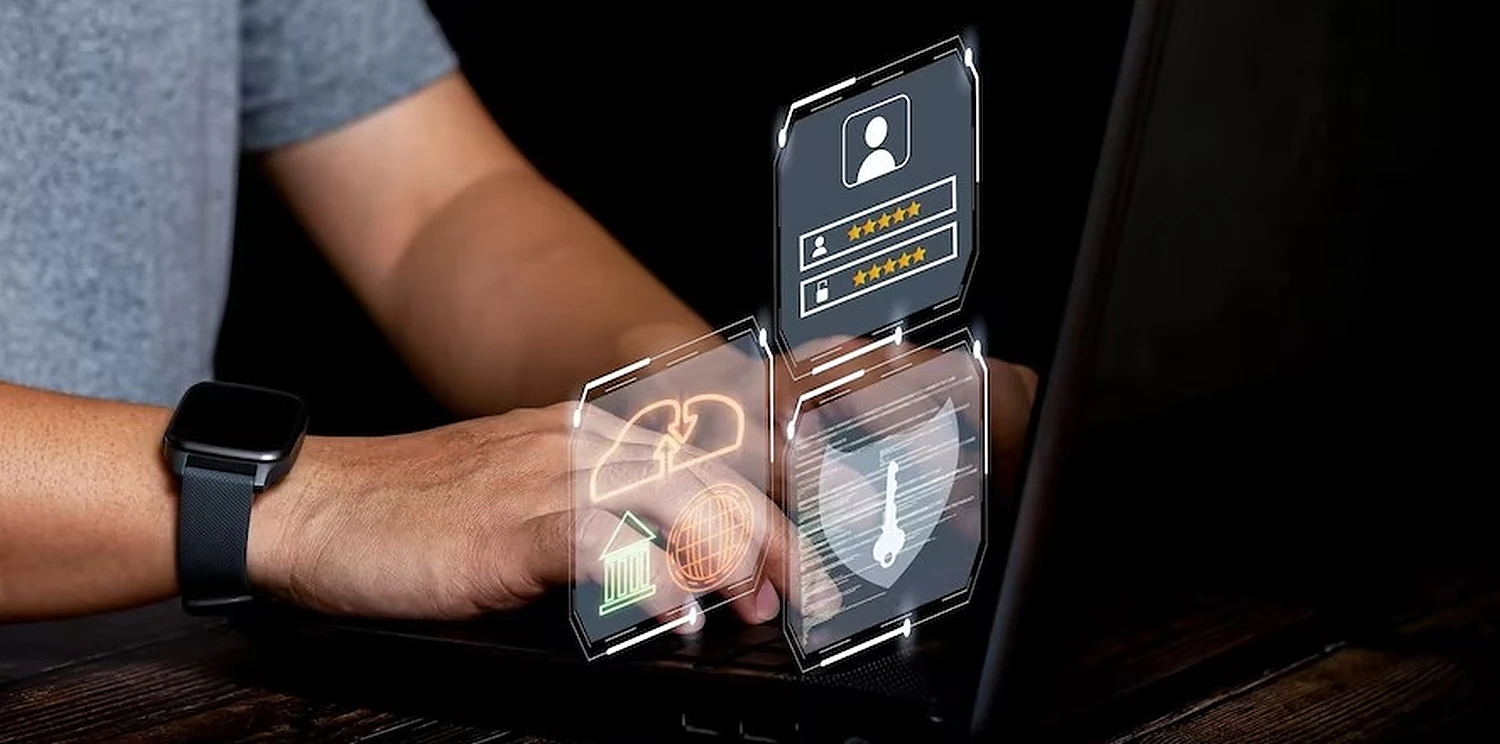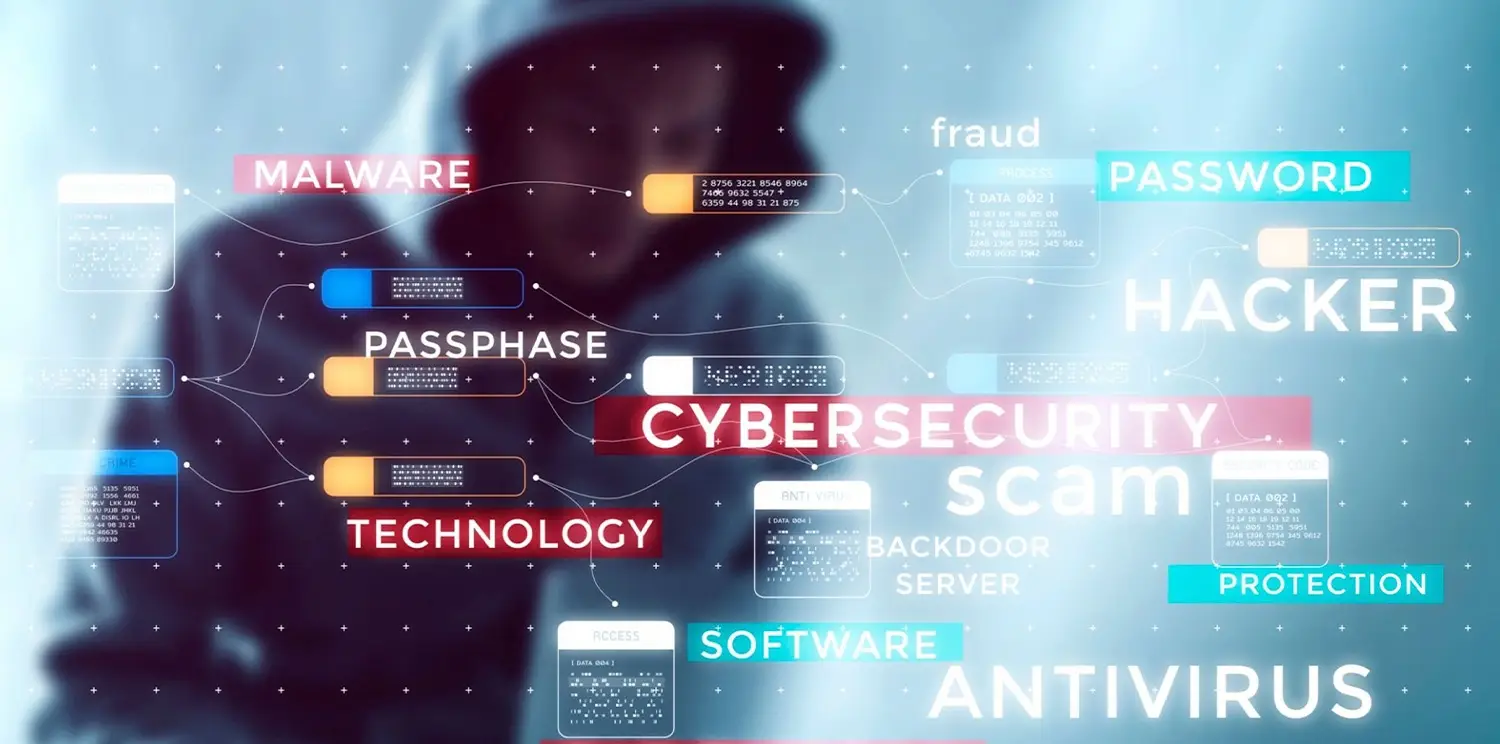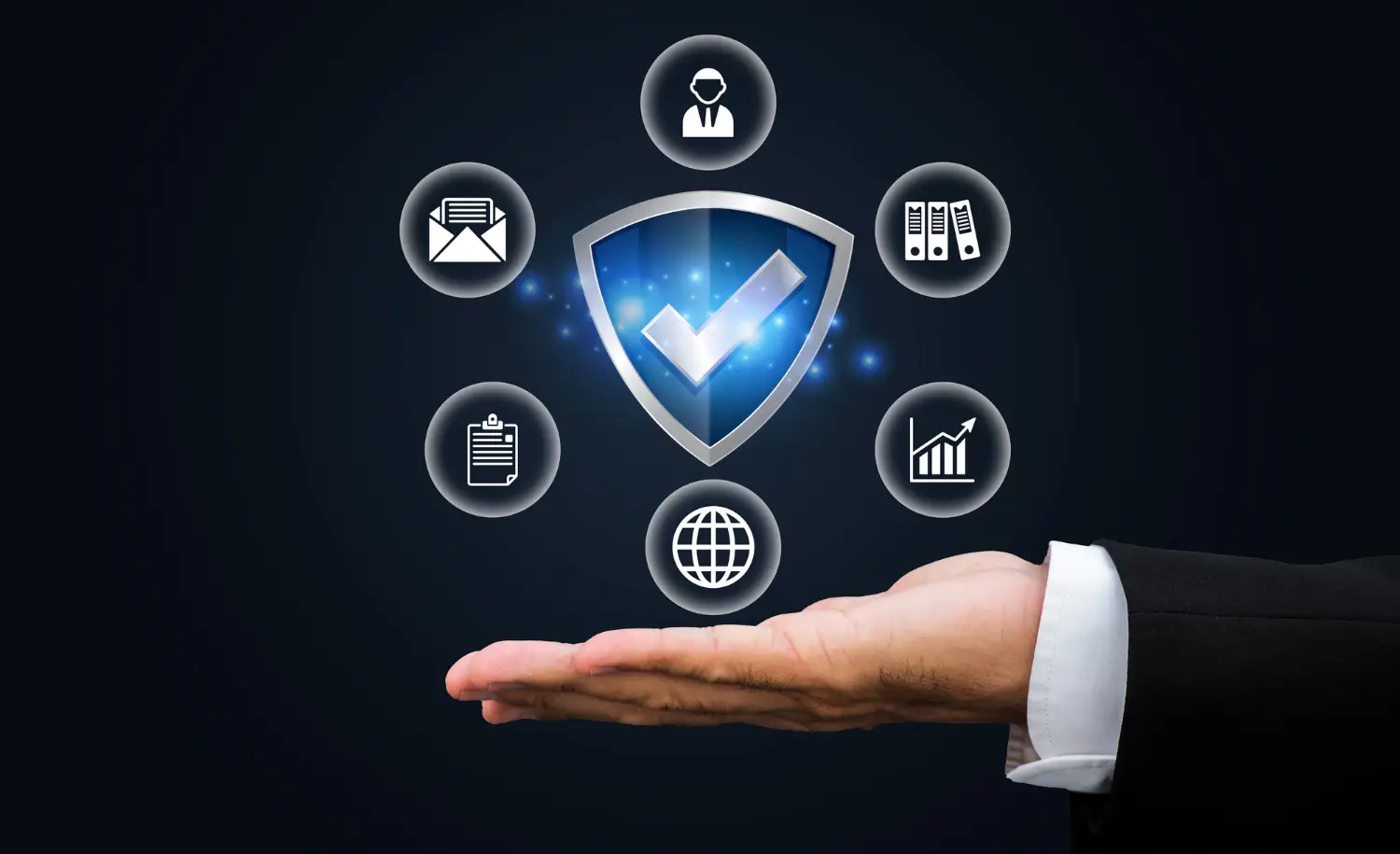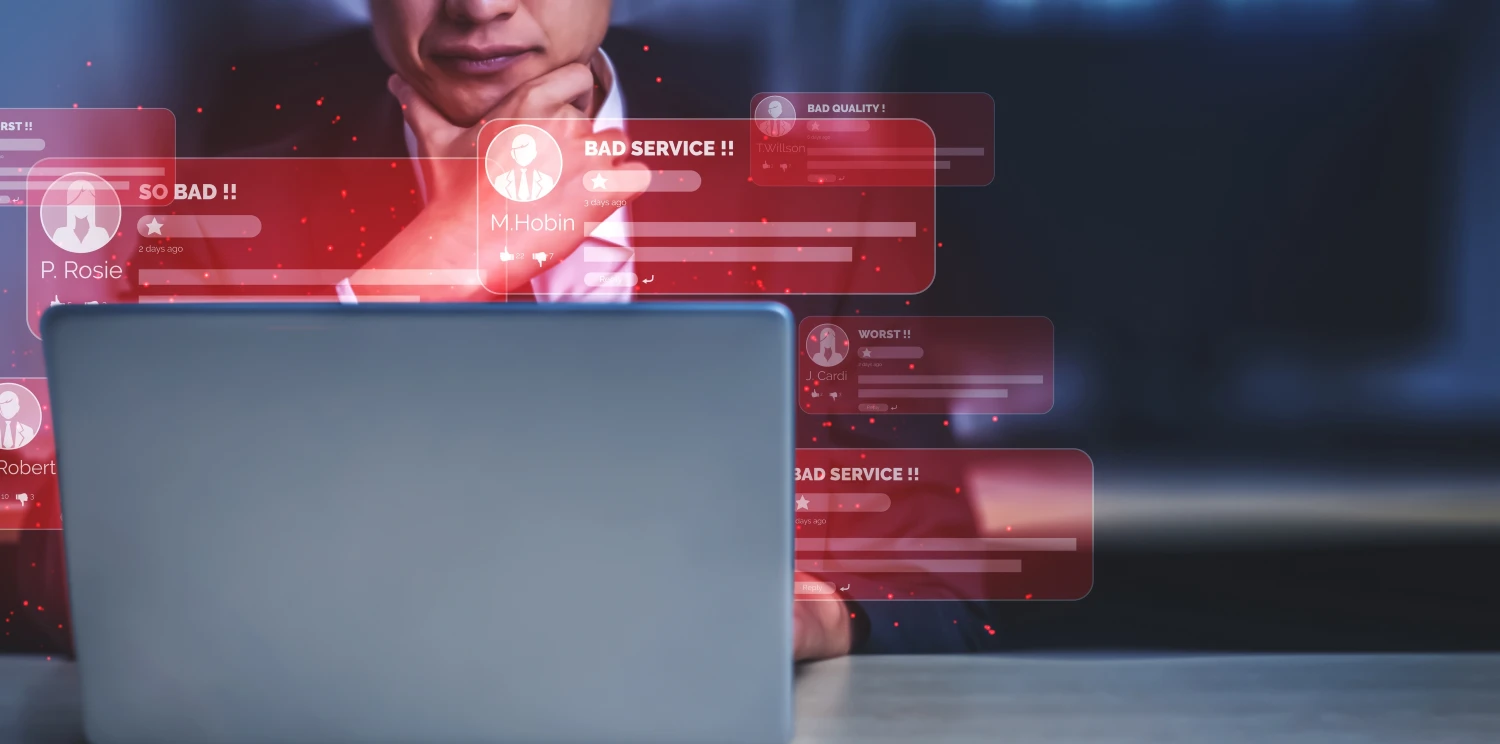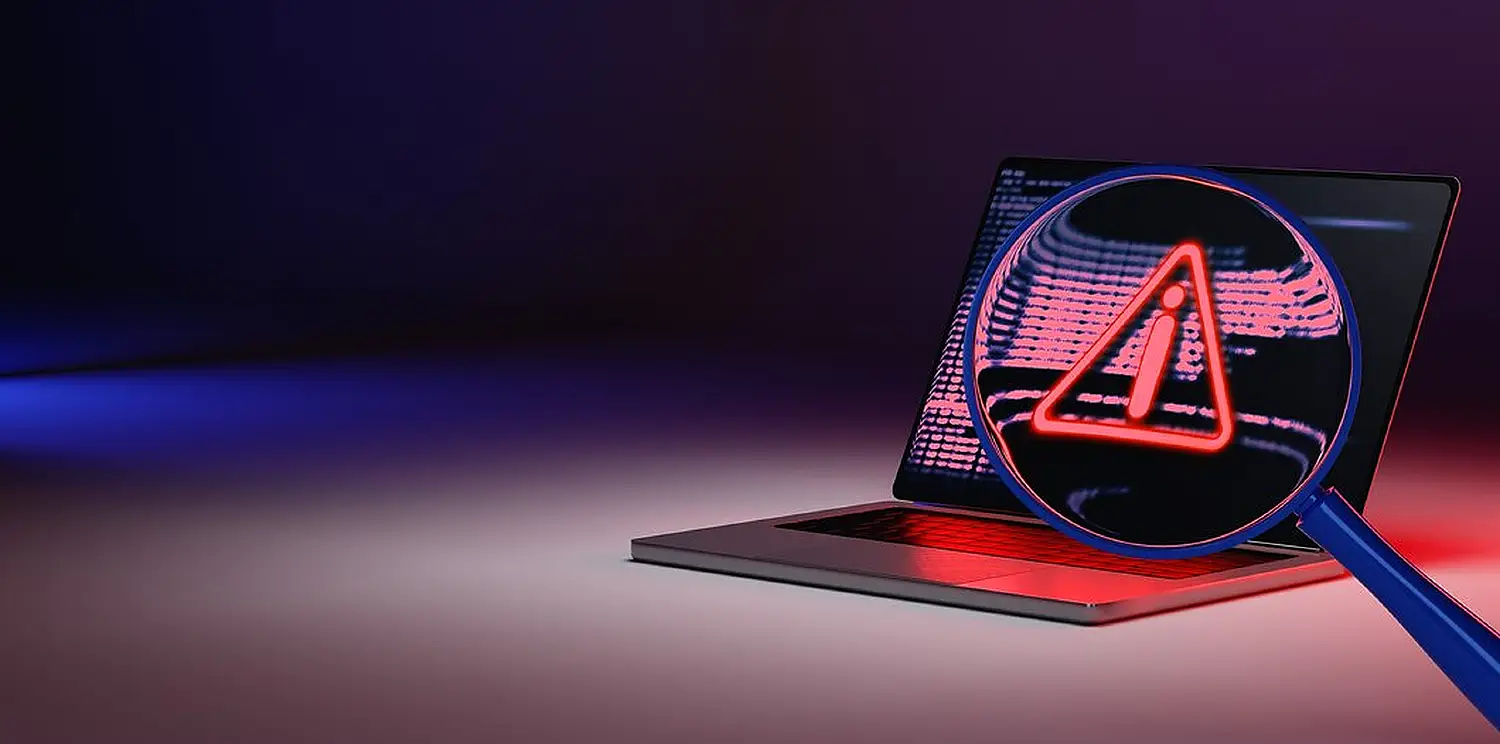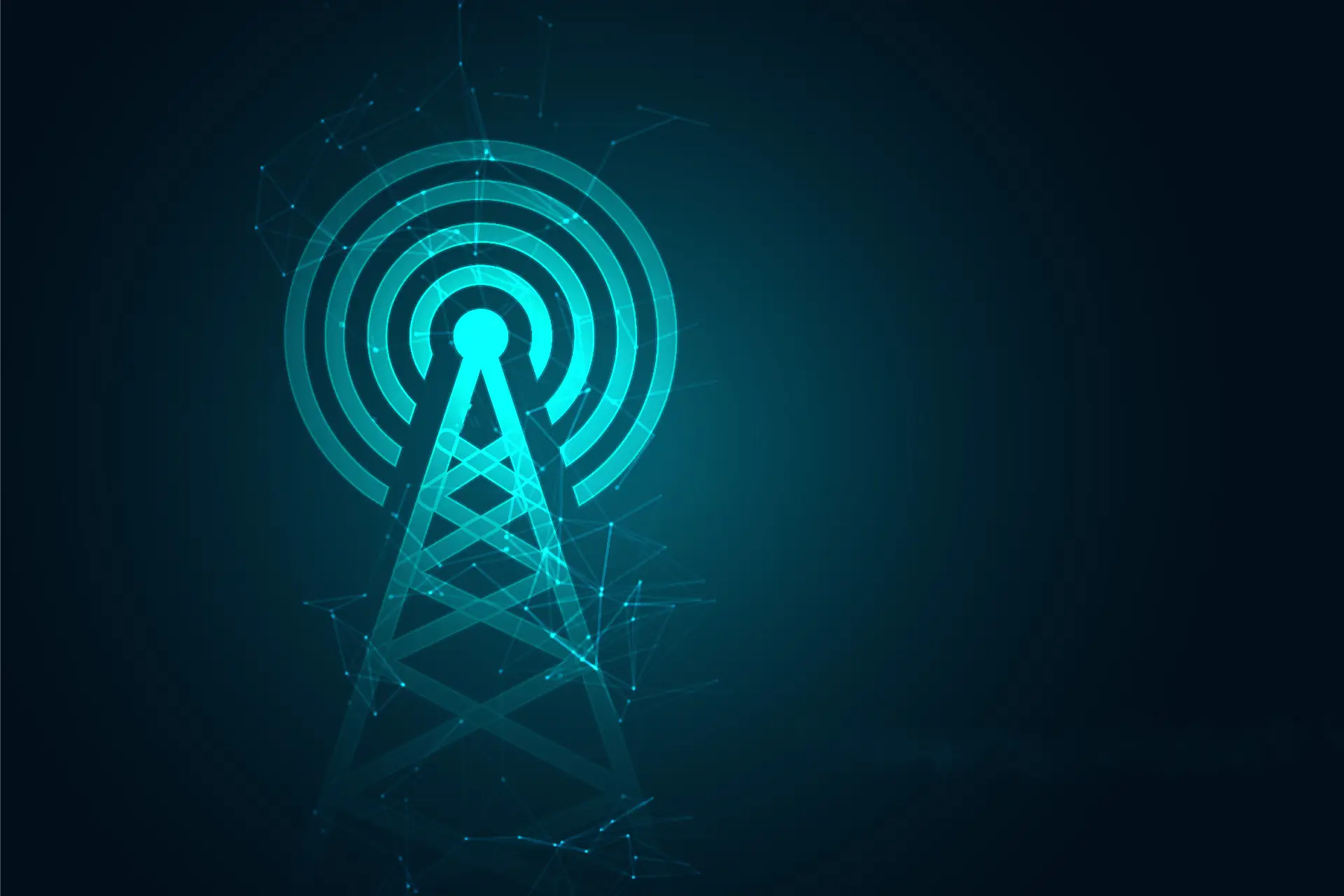Identity and Access Management (IAM) is a crucial aspect of information security in the manufacturing sector. With the rise of connected devices and the Internet of Things (IoT), the manufacturing sector has become more vulnerable to cyber attacks, making IAM an essential component of any comprehensive security strategy.
In manufacturing, IAM is the process of managing and controlling access to digital assets and physical resources by individuals and entities within the organization. It involves a range of activities such as user authentication, authorization, and access control, as well as the management of digital identities, credentials, and permissions.
One of the primary benefits of IAM in the manufacturing sector is that it helps to prevent unauthorized access to sensitive data and systems. This is especially important in the context of intellectual property, trade secrets, and other confidential information that may be critical to a manufacturer’s competitive advantage.
IAM also helps to improve operational efficiency by streamlining the process of granting and revoking access to resources. This ensures that only authorized personnel have access to critical systems and data, while reducing the risk of errors, omissions, or delays in granting access.
In addition, IAM helps to enhance compliance with regulatory requirements such as the General Data Protection Regulation (GDPR), the Health Insurance Portability and Accountability Act (HIPAA), and the Sarbanes-Oxley Act (SOX). By ensuring that only authorized individuals have access to sensitive data and systems, IAM helps to mitigate the risk of data breaches, which can result in significant legal and financial penalties.
Implementing an effective IAM system in the manufacturing sector requires a comprehensive approach that involves several key steps. These include:
1.Conducting a risk assessment: This involves identifying the potential risks and vulnerabilities associated with the manufacturing organization’s digital assets and physical resources.
2.Developing a policy framework: This involves developing policies and procedures for managing digital identities, credentials, and permissions, as well as for granting and revoking access to resources.
3.Implementing IAM technology: This involves deploying IAM solutions such as multi-factor authentication, access control, and identity governance tools.
4.Training and awareness: This involves training employees on the importance of IAM and the policies and procedures associated with it. It also involves raising awareness about the risks associated with unauthorized access and the importance of maintaining strong passwords.
5.Continuous monitoring and review: This involves regularly reviewing IAM policies and procedures to ensure that they are up-to-date and effective. It also involves monitoring access logs and alerts to identify potential security incidents and respond to them promptly.
In conclusion, Identity and Access Management is a critical component of information security in the manufacturing sector. It helps to prevent unauthorized access to sensitive data and systems, improve operational efficiency, and enhance compliance with regulatory requirements. By implementing an effective IAM system, manufacturers can protect their digital assets and physical resources, reduce the risk of data breaches, and maintain a competitive advantage in the marketplace.
TSAROLABS is a leading provider of cybersecurity solutions, including Identity and Access Management (IAM) services, that can help manufacturing companies protect their digital assets and physical resources. Here are some ways in which TSAROLABS can assist in addressing the IAM issues faced by the manufacturing sector:
1.Risk Assessment: TSAROLABS can conduct a comprehensive risk assessment to identify potential risks and vulnerabilities associated with the manufacturing company’s digital assets and physical resources. This will enable the manufacturing company to develop a risk mitigation plan that can help to reduce the risk of cyber-attacks.
2.IAM Strategy Development: TSAROLABS can help manufacturing companies develop a comprehensive IAM strategy that aligns with their business objectives, regulatory compliance requirements, and risk mitigation plans. This includes developing policies and procedures for managing digital identities, credentials, and permissions, as well as for granting and revoking access to resources.
3.IAM Technology Implementation: TSAROLABS can help manufacturing companies implement IAM technology solutions such as multi-factor authentication, access control, and identity governance tools. These solutions can help to prevent unauthorized access to sensitive data and systems, improve operational efficiency, and enhance compliance with regulatory requirements.
4.Training and Awareness: TSAROLABS can provide training to manufacturing company employees on the importance of IAM and the policies and procedures associated with it. This includes raising awareness about the risks associated with unauthorized access and the importance of maintaining strong passwords.
5.Continuous Monitoring and Review: TSAROLABS can provide continuous monitoring and review of IAM policies and procedures to ensure that they are up-to-date and effective. This includes monitoring access logs and alerts to identify potential security incidents and respond to them promptly.
In summary, TSAROLABS can provide a range of services to help manufacturing companies address their IAM challenges. By partnering with TSAROLABS, manufacturing companies can enhance their cybersecurity posture, reduce the risk of data breaches, and maintain a competitive advantage in the marketplace.
Related Tags: Manufacturing, Cybersecurity, Identity and Access Management, IAM, Risk Assessment, IAM Strategy Development, IAM Technology Implementation, Training and Awareness, Continuous Monitoring and Review, TSAROLABS.

